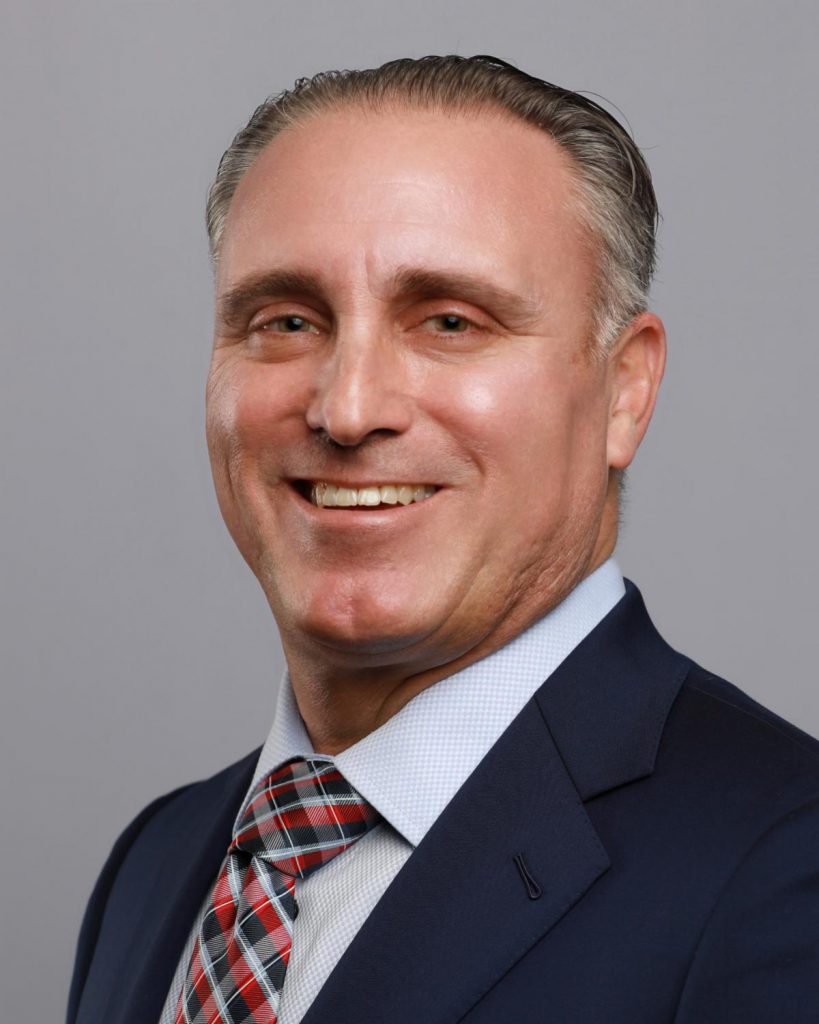By Solomon O. Smith | California Black Media
A distraught mother and her legal team announced a $10 million lawsuit against the Los Angeles Unified School District (LAUSD) on Dec. 16, alleging that her son was the target of bullying because of his race.
“CS DOE is a 14-year-old African American student at Verdugo High School. He is a Ninth Grader,” reads a statement the plaintiff’s attorneys shared with California Black Media (CBM).
“Almost from the first day of class (in August 2024), CS DOE was targeted by Latino students who called him racial slurs, physically attacked him and threatened to stab him.”
The family’s identity has not yet been released to the public due to safety concerns, according to their attorneys Bradley C. Gage and Caree Harper. The student’s mother is identified only as A.O. in the complaint.
The first video, filmed in August, showed several non-Black students punching and kicking a Black student in a bathroom on campus while yelling racial slurs. The mother claims that the students who attacked her son were not punished, and the administration asked her to move her son to another school for his safety.
“They wanted him to leave the school without giving any disciplinary action towards those students,” said the student’s mother. “He’s not going anywhere. He’s going to finish. I wanted him to at least stay until the December winter break, and then I was going to transfer schools for him.”
Before she could enroll her son in a different school the attacks escalated.
In December, a second altercation, on a video shared with news media, showed 4 to 6 boys attacking a Black student and using racial slurs. The video also shows a person in a safety vest trying to stop the fight and telling them to “handle it after school.” Then, the video ends.
CS DOE, a14-year-old freshman, left the school but was followed by a car, according to Gage. Several individuals exited the vehicle, one with a “large butcher knife.” A fight ensued and two people were stabbed. The Black student was arrested for assault with a deadly weapon but was later released into his mother’s custody.
Harper, who is handling the criminal charges, expressed frustration with the school and the District Attorney’s office. She criticized newly elected Los Angeles County District Attorney, Nathan J. Hoffman, for charging a 14-year-old for “defending his life” while reconsidering the resentencing of Eric and Lyle Menendez, brothers who were convicted of murdering their parents in the 1980s.
The high school freshmen is scheduled to appear in juvenile court on Feb. 1, but Harper says she will reach out to the District Attorney and make the case against charging the young man.
“His mama had to go find him because he was hiding and fleeing for his very life,” said Harper. “So, we want to have a conversation with the new district attorney, who will hopefully see it as Bradley and I see it: this was a man who was defending his life against certain death.”
According to the boy’s mother, the young student is still traumatized and has not been able to return to the area because it remains unsafe. Racial slurs have also been spray painted on their home.
The victim’s mother says that it has been difficult being separated and that her son has been scarred by the incident.
“I’m sad. I’m devastated, you know,” said the mother. “I still feel like they’re after him. I still feel like they can kill him, possibly.”
The LAUSD and principal of Verdugo High School did not respond to CBM’s requests for comment.
If you are – or someone you know is – has experienced a hate crime or hate incident, please visit CAvsHate.org for more information and to find out what you can do about it.
 Westside Story Newspaper – Online The News of The Empire – Sharing the Quest for Excellence
Westside Story Newspaper – Online The News of The Empire – Sharing the Quest for Excellence
